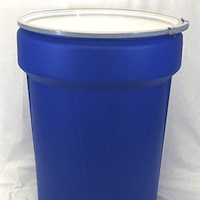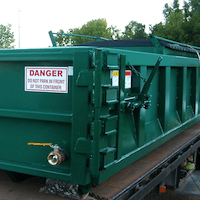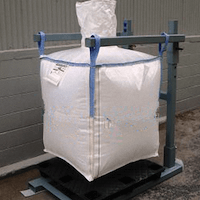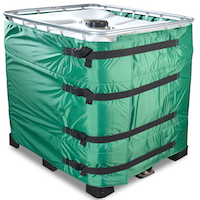
What to do when the DOT knocks at your door!
For the 11th year, Labelmaster has sponsored the Dangerous Goods Symposium (DGS), a global collective of hazmat professionals from just about all 7 continents. The Dangerous Goods Symposium occurred recently in downtown Chicago with nearly 300 participants and speakers. Among one of the most attended presentations was that of Ryan Paquet, Associate Deputy Administrator at PHMSA, and Bob Richard, entitled “How to Prepare for a DOT Inspection: Before, During, After.”
Both Paquet and Richard explained the mission of the DOT, the basis for the inspection, and what questions might occur during an inspection. Most importantly, both Paquet and Richard emphasized the need to be cooperative and honest.
Paquet stated that the Mission of PHMSA is, “To protect people and the environment by advancing the safe transportation of energy and other hazardous materials that are essential to our daily lives.”
Richard went on to explain that typical questions that could be asked by an inspector might include:
- Is there a corporate hazmat training program?
- Are training records maintained?
- Who verifies the classification of hazmat products?
- Are you registered to transport hazmat?
- Do you have a hazmat security plan per CFR 172.800?
- Who signs shipping papers?
- Do you ship placarded loads?
- Is there any packing/repacking of hazmat done at this facility.
In addition, both emphasized the need to follow the a packaging manufacturers specific Closure Instructions for all packagings tested and marked in accordance with DOT/UN certification.
Preventing DOT Fines for Non-Compliance
The US Department of Transportation, DOT, has increased its presence in the field and they will be showing up at companies that manufacture, package, transport, or use dangerous goods. In addition, DOT also visits companies with related products that are regulated. Having a plan in place to welcome the inspector into your facility can greatly affect the outcome of the visit. Knowing some inside information in preparation for this visit can help your company prepare for these inspections and appear knowledgeable and informed. As a guide to helping you be prepared, COSTHA (Conference on Safe Transportation of Hazardous Articles) offers What To Do When The DOT Hazardous Materials Inspector Calls as a handbook detailing how to be ready to receive the DOT. Written by Lawrence (Larry) Bierlein, Esg., the book is filled with pointers for consideration. Copies are available for $19.00 + shipping, from COSTHA at 703.451.4031 or at mail@costha.com. On-line copies are available free to COSTHA members.
In the case of steel drums, if purchasing a drum that meets the United Nations criteria for shipping hazardous materials, the proper closure of the drum is the final and most important part of the closure process. In fact, the US Code of Federal Regulations, Title 49, paragraph 178.2(c), requires that packaging manufacturers give current written instructions to the fillers and shippers about the proper closure procedure for their “manufacturer-specific” packaging. For example, all 55 gallon drums are not the same and Closure Instructions must be from the specific manufacturer.
It is important to note that Closure Instructions are not generic. While every drum is shipped with written Closure Instructions, you can now view a video of the proper closure of the Closed Head with 2“ and ¾“ fittings, Open Head with a Bolt Ring, and the Open Head with a Quick Lever closure ring (contact us for links to videos) In addition, written Closure Instructions are also available in Spanish. Check out all our Closure link https://cleanitup.com/keys-drum-closure-instructions/ here and call us if you need further clarification or would like to receive additional information for your record keeping.


 P.O. Box 8149
P.O. Box 8149